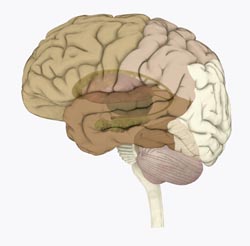The hippocampus in memory and behaviour
HIPPOPROJECTION successfully developed a pharmaco-genetic tool to selectively inhibit neural projections associated with the hippocampus. This tool comprises of adeno-associated viruses (AAVs) expressing human M4 DREADD receptor along with certain drugs. Results have been validated in mice models and further optimised, enabling testing in wild-type mice models rather than necessitating the development of genetically modified mice. The dentate gyrus (DG) in the hippocampus is believed to have a role in memory, learning and plasticity. Researchers selectively and reversibly inhibited neural activity in the DG using mice models to study hippocampus-dependent memory tasks during trace eye-blink conditioning. Scientists were able to identify the structures and neural circuits associated with rapid and persistent memory loss during conditioned responding and learning-associated plasticity. Recording electrodes were implanted in mice to characterise brain structures associated with the hippocampus. Some important areas investigated include the ventral hippocampus (vHIP), the prelimbic area of the medial prefrontal cortex (mPFC) and the rostral lateral septum (rLS). To test anxiety behaviour, these rats were subjected to open field, elevated plus maze and familiar arena tests, and their local field potentials were analysed. These recordings were then compared in terms of familiar environments and anxiety-inducing (unknown territory) environments. Connectivity analysis revealed that the neural projections — vHIP-mPFC and vHIP-rLS — were altered on exposure to the anxiety-inducing elevated plus maze. This groundbreaking research will pave the way for future research on associating brain structures with behavioural and memory disorders such as epilepsy and Alzheimer's disease. This could prove useful in the development of effective interventions to correct such disorders.



